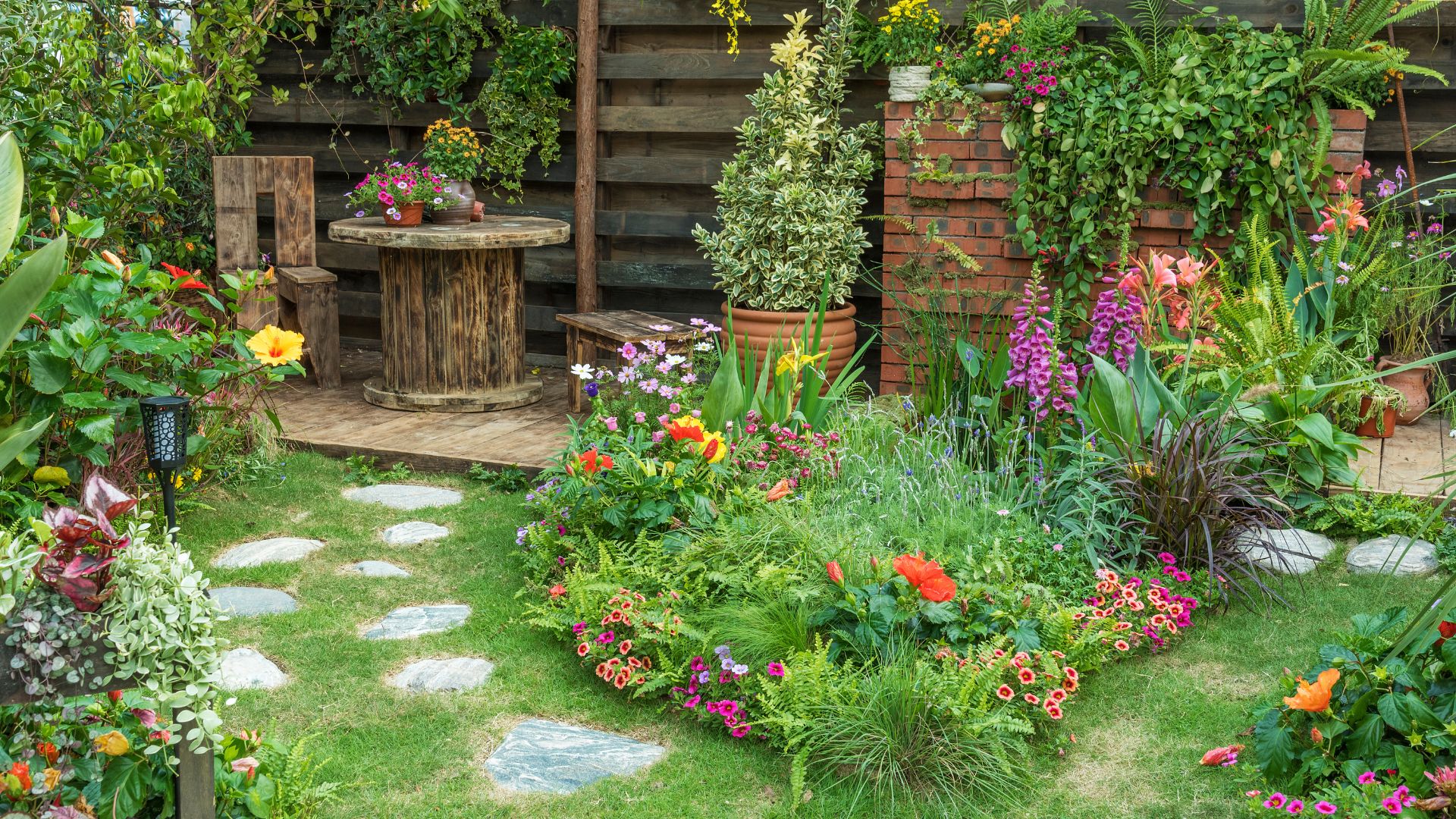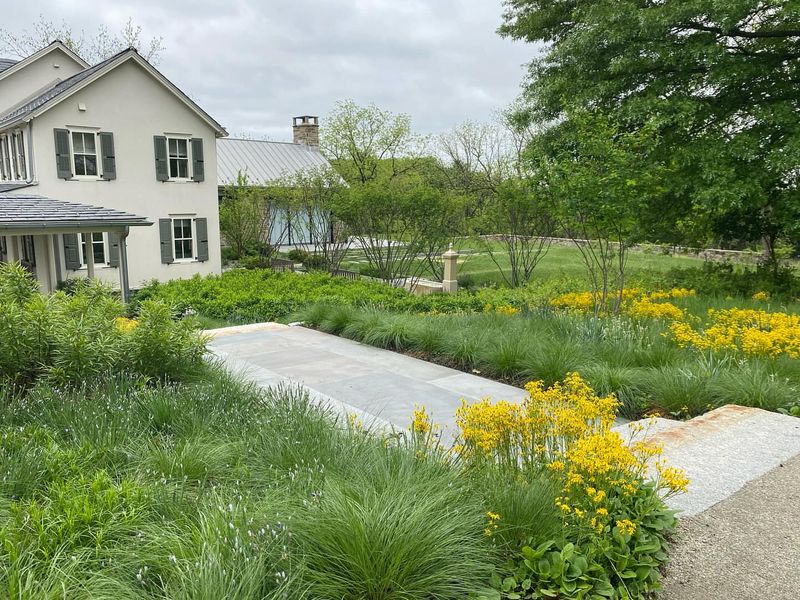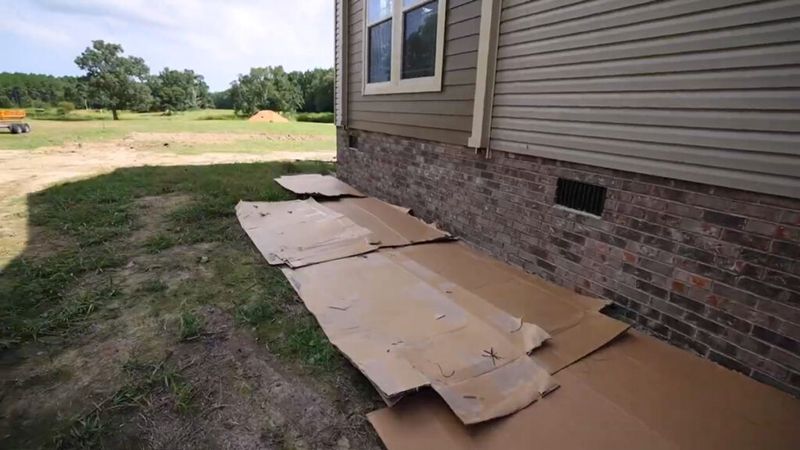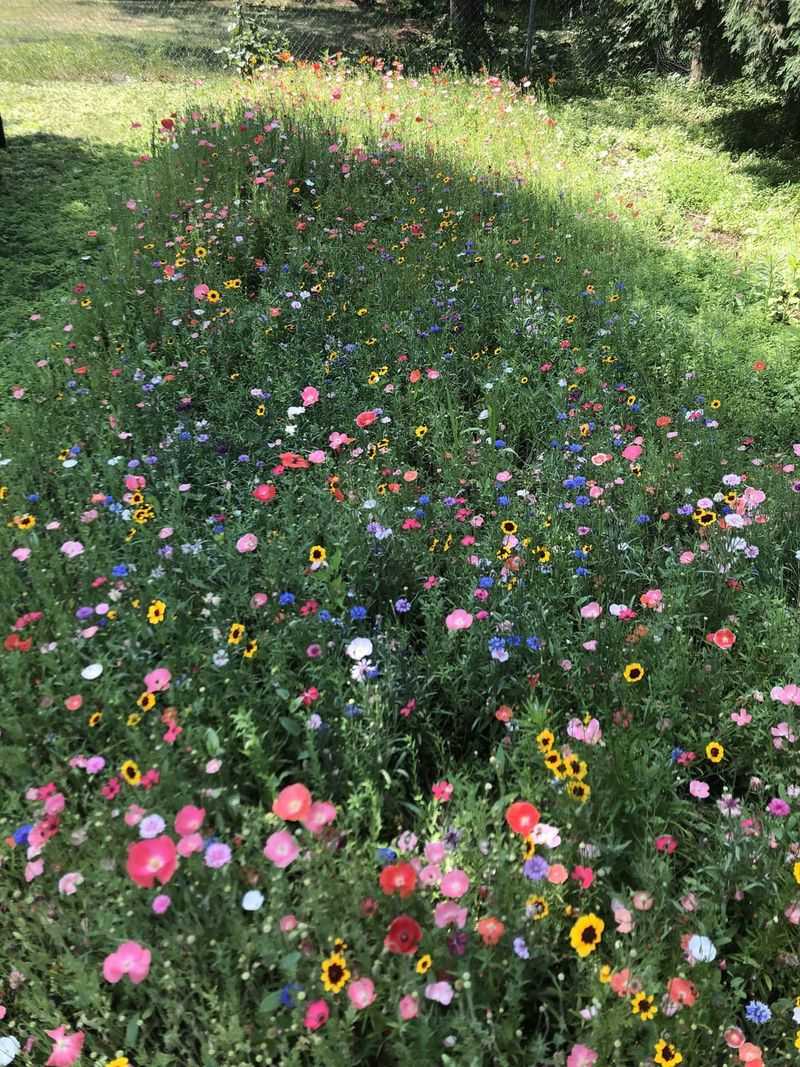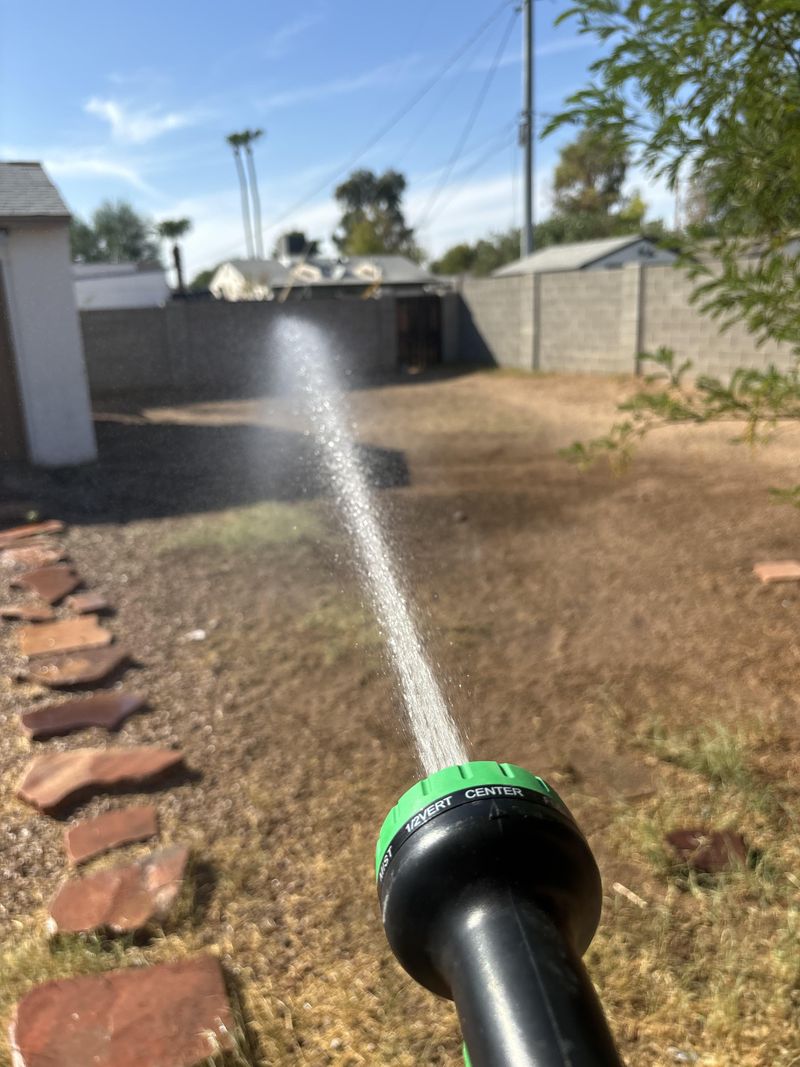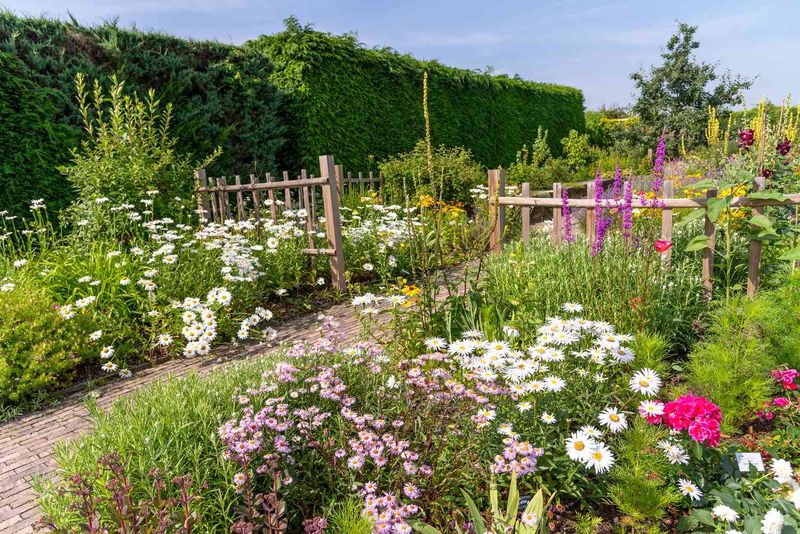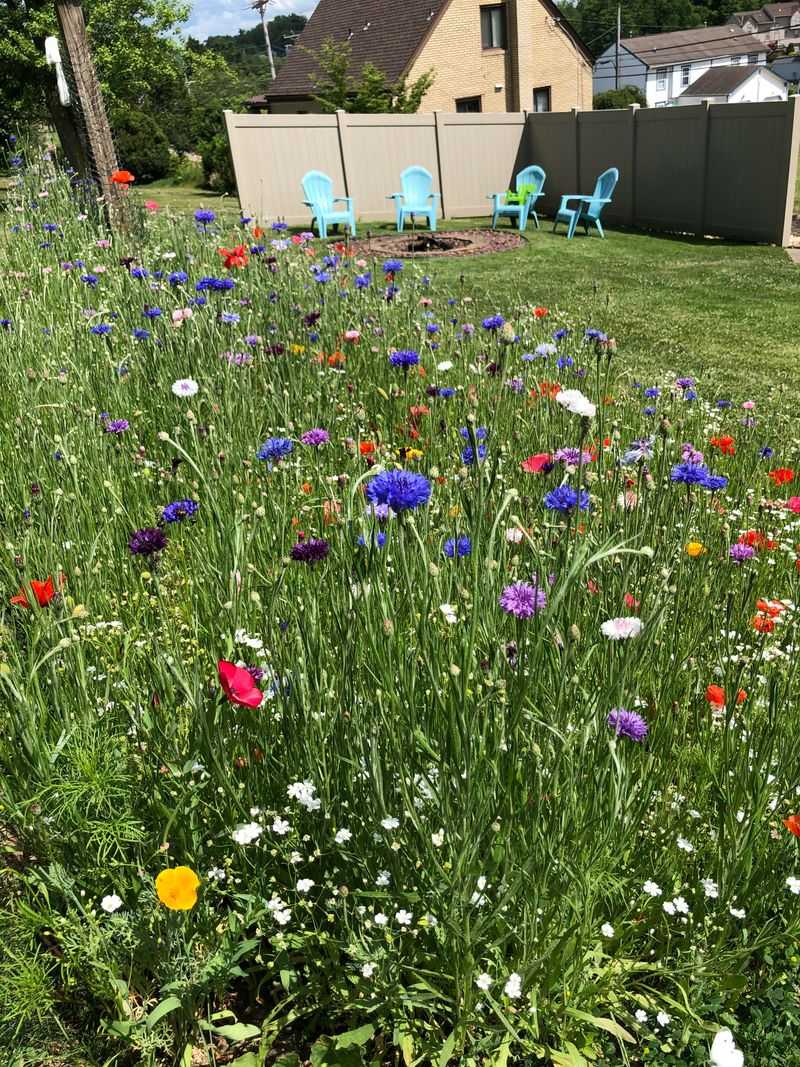Turning a patch of your lawn into a meadow is a powerful way to support Pennsylvania’s wildlife. Native grasses and wildflowers attract bees, butterflies, and birds, creating a vibrant ecosystem. Plus, meadows need less mowing and watering than a traditional lawn.
Thanks to Pennsylvania’s changing seasons, your meadow will evolve beautifully throughout the year. Spring brings fresh blooms, summer hums with pollinators, and fall offers golden grasses and seed heads. It’s a living landscape that reflects the rhythm of nature.
Beyond beauty, a meadow helps reconnect your yard to the state’s natural heritage. It’s a low-maintenance, high-impact choice that benefits both the environment and your outdoor space. And it all starts with letting your lawn grow wild.
1. Choose The Right Location
Most Pennsylvania meadow plants need at least 6 hours of sunlight daily to thrive. Scout your yard for a spot away from large trees that cast too much shade.
Consider starting small—even a 10×10 foot area gives you room to experiment without feeling overwhelmed. The best locations are typically in areas where grass already struggles to grow well.
Make sure your chosen spot doesn’t collect standing water, as most meadow plants prefer well-draining soil. Pennsylvania’s clay-heavy soils might need some amendment to improve drainage.
2. Kill Existing Lawn Without Chemicals
The smother method works wonders for Pennsylvania yards. Lay down cardboard or several layers of newspaper, then cover with 3-4 inches of compost or mulch in fall or early spring.
Leave this covering in place for at least 3-4 months to kill the grass underneath. Your timing matters here—smothering in autumn means you’ll be ready to plant by late spring when Pennsylvania’s soil warms up.
For smaller areas, you can also use the sheet mulching technique, which involves layering organic materials directly over the grass to break it down naturally.
3. Select Native Pennsylvania Wildflowers
Black-eyed Susans and purple coneflowers are Pennsylvania meadow superstars that attract pollinators and provide reliable blooms. They’re perfect starter plants for beginners because they establish quickly.
Add mountain mint, wild bergamot, and New England aster for a succession of blooms from spring through fall. These natives have evolved with Pennsylvania’s climate and will thrive with minimal care.
Include Pennsylvania sedge and little bluestem grass to provide structure and winter interest. These native grasses also prevent soil erosion during heavy Pennsylvania summer storms.
4. Prepare And Plant Your Meadow
Fall seeding mimics nature’s cycle in Pennsylvania, allowing seeds to stratify naturally during winter. Scatter seeds on bare soil and lightly rake them in—many native seeds need light to germinate.
Mix fine seeds with sand for more even distribution. This old farmer’s trick helps you see where you’ve already sown and prevents clumping that leads to overcrowded seedlings.
Don’t bury seeds too deeply! A light tamping down with the back of a rake is sufficient. Pennsylvania’s freeze-thaw cycles will naturally work the seeds into good soil contact over winter.
5. Water Strategically During Establishment
Keep the soil consistently moist during the first month after spring planting. Pennsylvania’s unpredictable rainfall patterns mean you’ll need to supplement with gentle watering during dry spells.
Gradually reduce watering frequency as plants establish. Native meadow plants develop deep root systems when encouraged to search for water, making them more drought-resistant for Pennsylvania’s occasional dry summers.
Water deeply rather than frequently. One good soaking weekly is better than daily light sprinklings, as it encourages those critical deep roots that will sustain your meadow through Pennsylvania’s hot July and August.
6. Manage Weeds In The First Two Years
Mow your young meadow to 4-6 inches high whenever growth reaches about 12 inches during the first year. This prevents annual weeds from setting seed without harming your perennial natives that are establishing below.
Hand-pull aggressive invaders like mugwort and Canada thistle that commonly plague Pennsylvania meadows. Get them early before they can establish deep root systems and spread.
Avoid disturbing the soil when weeding established areas. Pennsylvania’s soil contains thousands of weed seeds per square foot just waiting for sunlight and disturbance to germinate.
7. Practice Long-Term Meadow Maintenance
Cut your established meadow back just once annually in late winter or early spring. This timing allows overwintering insects to complete their lifecycle while giving Pennsylvania birds access to seed heads during the cold months.
Leave the cut material in place for a week before removing it. This allows any remaining seeds to drop and insects to relocate, enriching your meadow’s biodiversity year after year.
Divide spreading plants every few years to maintain diversity. Some Pennsylvania natives like bee balm and goldenrod can become overly aggressive without occasional thinning to make room for less competitive but equally valuable meadow species.

